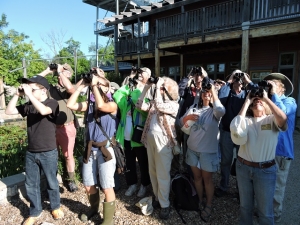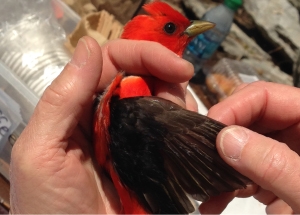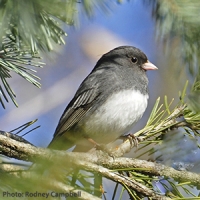
Simple Gifts
Have you ever had the experience of turning a corner in a familiar neighborhood, and suddenly becoming alert to all sorts of buildings or natural features you had never noticed before? That's sort of what becoming a bird watcher has been like for me. I've walked along creeks and in woods my whole life, but it's only been within the last few years that I've truly been aware of my winged companions out there.
See For Yourself - Research and Citizen Science
Our research program has two unique features: an urban habitat focus and the inclusion of volunteer community scientists.
The urban wilderness research and monitoring we do provides baseline data that allow us to track how our habitat improvements affect wildlife over time. We’re measuring the changes so others can replicate the results in other cities.
We are one of the leaders of an international movement to facilitate community-led research and monitoring. Our Community Science program focuses as much on the process of engaging community volunteers as it does on the research process itself. What this means is that everyone can contribute in a meaningful way to scientific research.
Say Hello to the Junco!
The Galapagos Finches were crucial to Darwin’s understanding of natural selection and evolution, but did you know that evolutionary scientists have been studying a more common and locally distributed species for over a century? Learn more about the extraordinary importance of this ordinary bird as we screen the film Ordinary Extraordinary Junco.
What’s Happening at Washington Park
With the big events that have been happening in Riverside Park and in the Menomonee Valley, it’s easy to lose track of the fantastic things happening at Washington Park. To catch everyone up, I thought it best to check in with some of the folks who are helping to make it all happen.
Tim Vargo, bird magnet and Manager of Research and Community Science, had this to say about a wonderful tradition he leads every Wednesday morning:
Copyright © 2023 The Urban Ecology Center






